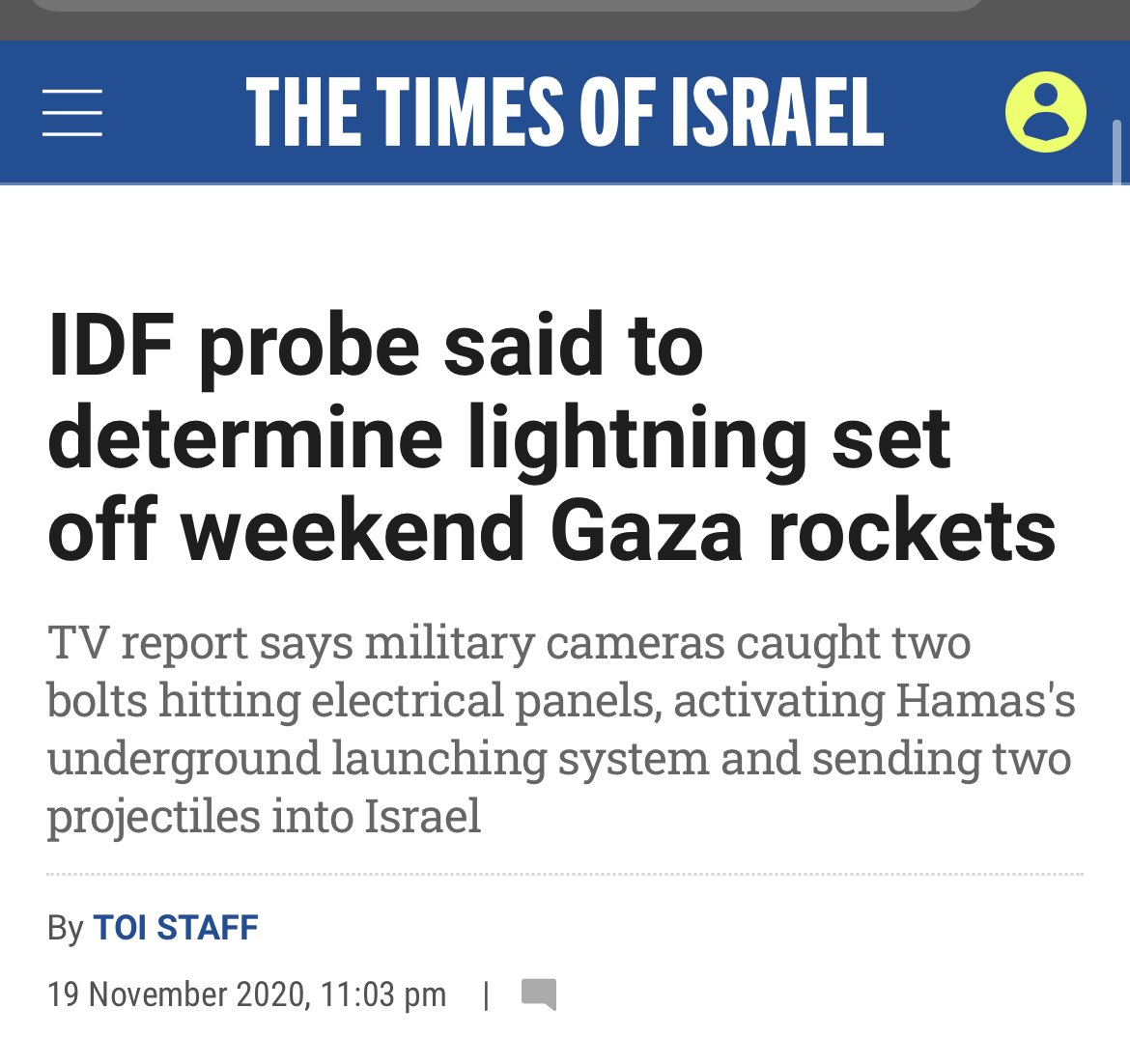
Thread on this analysis:
The decision to justify your conclusion over the 2014 war data specifically is a giant flaw in of itself. In a proper analysis the paper would look to see if the iron dome succeeded in changing the way Israel responded to rocket attacks from Gaza.
1/
The decision to justify your conclusion over the 2014 war data specifically is a giant flaw in of itself. In a proper analysis the paper would look to see if the iron dome succeeded in changing the way Israel responded to rocket attacks from Gaza.
1/
https://twitter.com/elgindy_/status/1441404101628022787
To choose the only war out of the 3 (not 4)* after iron dome deployment, where the abduction and murder of Jewish teenagers were clearly an important factor in shaping the Israeli response, is dishonest at best.
2/
2/
This would have been monumentally apparent if you had actually included most obvious piece of data required for this analysis. The number of rockets launched from Gaza during each of these wars are oddly missing.
3/
3/
How can you possibly analyze if the Israeli response was less harsh, the same, or more harsh after deployment of the iron dome if you don’t have the numbers of the very thing it was designed to help combat? So I added them for you; numbers provided by the IDF.
4/
4/

How you managed to create an entire analysis without that crucial piece of information still eludes me. The wars in 2012 and 2021 show a drastic increase in the rockets launched from Gaza on average *per day* in relation to the wars which directly preceded them.
5/
5/
Simultaneously, the Palestinian casualty numbers are significantly lower. Try as you might you won’t be able to rationalize how Israel doesn’t wind up with 2 more ground ops while dealing with hundreds of rockets daily in 2012 and 2021 without the iron dome.
6/
6/
Worth noting the chart doesn’t include the countless times a rocket or two gets sent over as a 9pm gift, or when rockets get shot towards tel aviv because “lighting struck it”, or the escalations that don’t get called an “operation” like in May 3-6, 2019.
7/

7/


As an added bonus I happened to stumble across another problematic aspect of this analysis while double checking the numbers provided. Imagine my shock to find out our old friend the UN is up to some interesting shenanigans with their data again.
8/
8/
Khaled states the data are UN figures. The percentage of civilian casualties (75%) is coincidentally the exact same percentage UNOCHA (which is based in Gaza) declared back on July 28, 2014; almost a month before the war even ended.
9/
9/

What are the odds the percentage miraculously stayed the same? To be clear this is a UN office. The same UN who loves to claim their offices in Gaza are not influenced by Hamas, even after an UNRWA school was found to have a tunnel underneath it this year, yet again.
10/
10/

In June 2015 the UN Human Rights Council published the findings of the independent commission of inquiry they had sent to Gaza. Here are the Palestinian casualty totals from that report next to numbers Khaled chose to use from UNOCHA:
11/

11/


Same total casualties but 232 fewer civilian casualties than what’s currently listed on UNOCHA website. To put it in perspective the disparity is close to the *total* number of casualties in Gaza during the war in May of this year.
12/
12/
These numbers drop the percentage of civilian casualties from the war to 65%. But wait, there’s more! In 2016 B’tselem published their own report on the war:
13/
13/

Both the total casualties and the civilian casualties are lower than either of the first two reports and the percentage of civilian casualties decreases to 63%.
UNOCHA: 1694 civ (75%)
UNHRC: 1462 civ (65%)
B’Tselem: 1391 civ (63%)
14/
UNOCHA: 1694 civ (75%)
UNHRC: 1462 civ (65%)
B’Tselem: 1391 civ (63%)
14/
Look, I never expected Khaled to start citing Israeli Foreign Ministry numbers (56%), or account for the mass executions by Hamas at the same time, or the failed rockets who hit their own population, but did he really need to choose the one that’s so blatantly inaccurate?
15/

15/


Lastly, imagine trying make this comparison with a straight face. Obviously the civilian percentage on the Israeli end would be low in a war that involved a ground op. Congrats! Hopefully next time you don’t fall for wildly inflated numbers.
16/
16/

While we send our soldiers to the front lines Hamas militants head to the tunnels. It’s not because of hamas’ care to avoid civilians that percentage exists, they shot over 4 thousand rockets at us after all, it’s because of the IDF and Iron Dome.
17/
17/
When Hamas had the ability to pick their targets, with devastating accuracy, they didn’t primarily target military bases or checkpoints. They primarily targeted public busses, restaurants, cafes, shopping malls, nightclubs etc.
18/
18/
For what it’s worth I dislike the argument as well. It’s probably the only thing we’d agree on here, even if it’s for different reasons. There’s no need to create false conclusions though just because you don’t like something.
End/
End/
• • •
Missing some Tweet in this thread? You can try to
force a refresh











